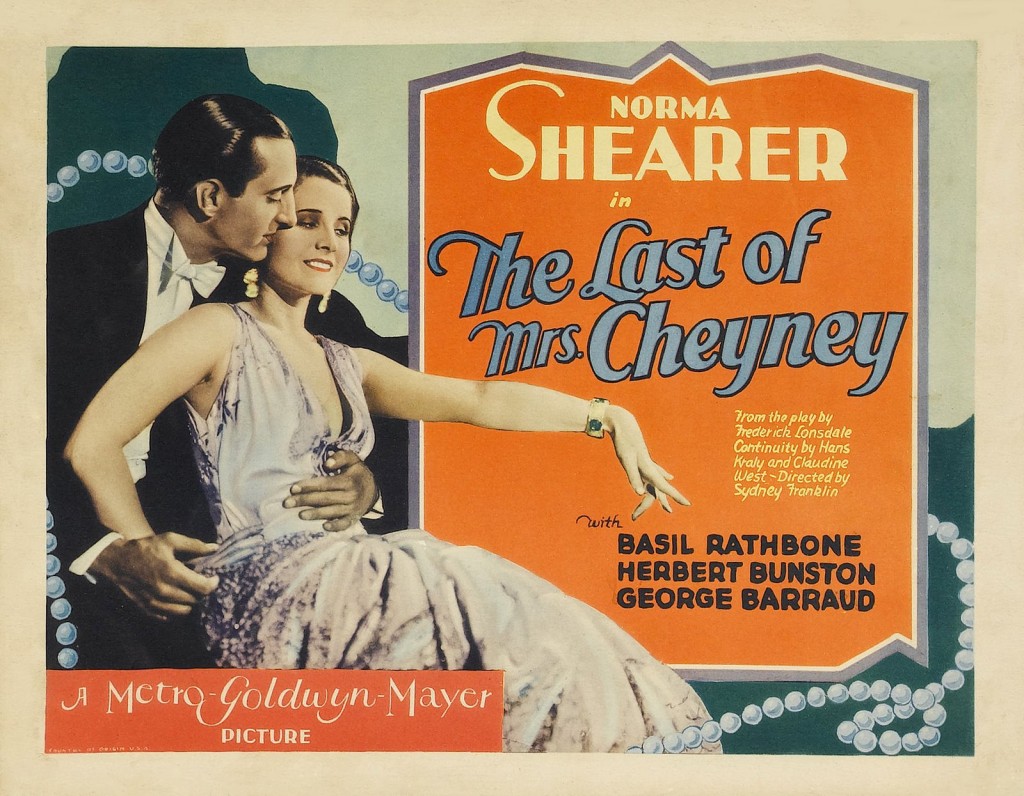 Image courtesy Lolita’s Classics.
Image courtesy Lolita’s Classics.
–
It’s often assumed that Norma Shearer’s good-girl image ended with the 1930 pre-Code flick The Divorcee, but that film, in truth, was the fourth in a row featuring the new, mature, slightly naughty Shearer. Beginning with The Trial of Mary Dugan and followed up immediately with The Last of Mrs. Cheyney (both 1929), Shearer premiered a sexy, sophisticated and worldly charm.
Like all early talkies, The Last of Mrs. Cheyney creaks under the strain of the new technology. Norma spends a significant part of the first act sitting on a couch, being talked to by a series of men, including the handsome and suspiciously suave Basil Rathbone.
Mrs. Cheyney is a beautiful socialite who charms the old guard at Monte Carlo, but she has a secret: She’s not a wealthy widow at all, but an impostor, there to steal jewels from the rich ladies staying in the hotel. While plotting and planning, she attracts the attention of Lord Arthur Dilling (Rathbone), attention that becomes unwanted in more than one way. To say any more would be to give away far too much.
On general principle, I dislike Norma Shearer films. I find her far too mannered and stagey in her performances, but in some roles, that works very well. Mrs. Cheyney is one of those roles. Shearer is absolutely perfect in the part, and I can’t imagine anyone else, not even after seeing Joan Crawford’s remake. Shearer absolutely nails the disconnect between performance and self, just as she does in another film, Idiot’s Delight, which is better known; if you like Idiot’s Delight, then you should really check out Mrs. Cheyney.
Between Shearer’s performance, a young Basil Rathbone, the amazing early talkie sets — all busy patterns and deco and as many tchotchkes as can fit on a shelf without OSHA getting involved — and the fun of watching the cinematic version of late-20s high society, The Last of Mrs. Cheyney is a really terrific film. If you’re looking for an easy introduction into early talkies, you can’t get better than this.

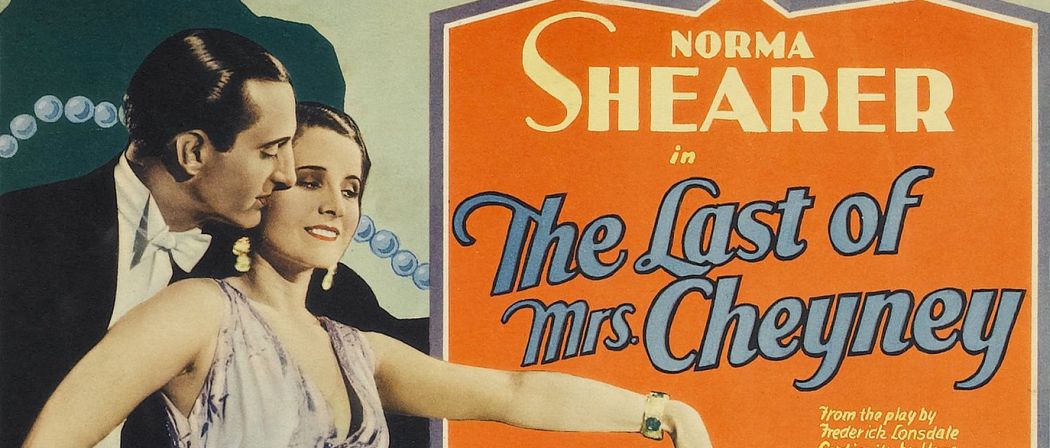

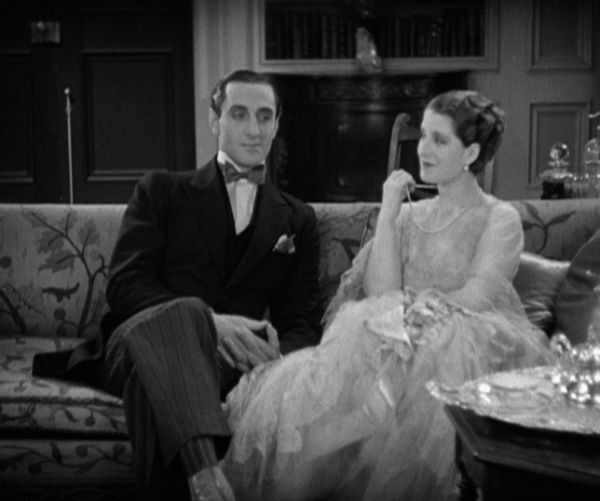
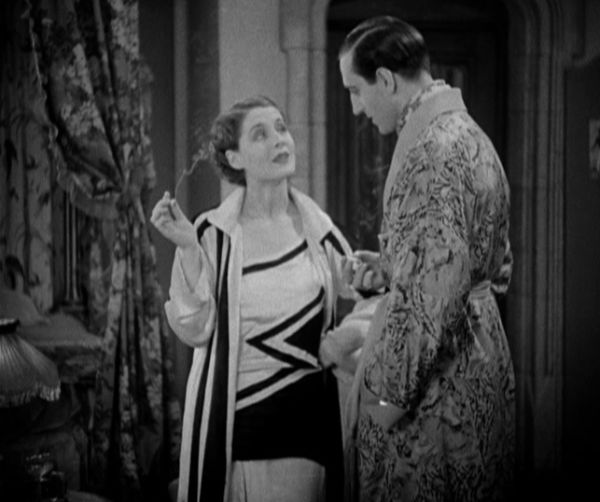
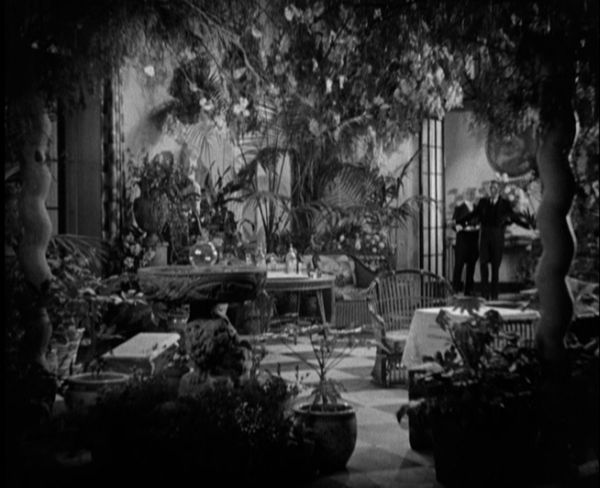
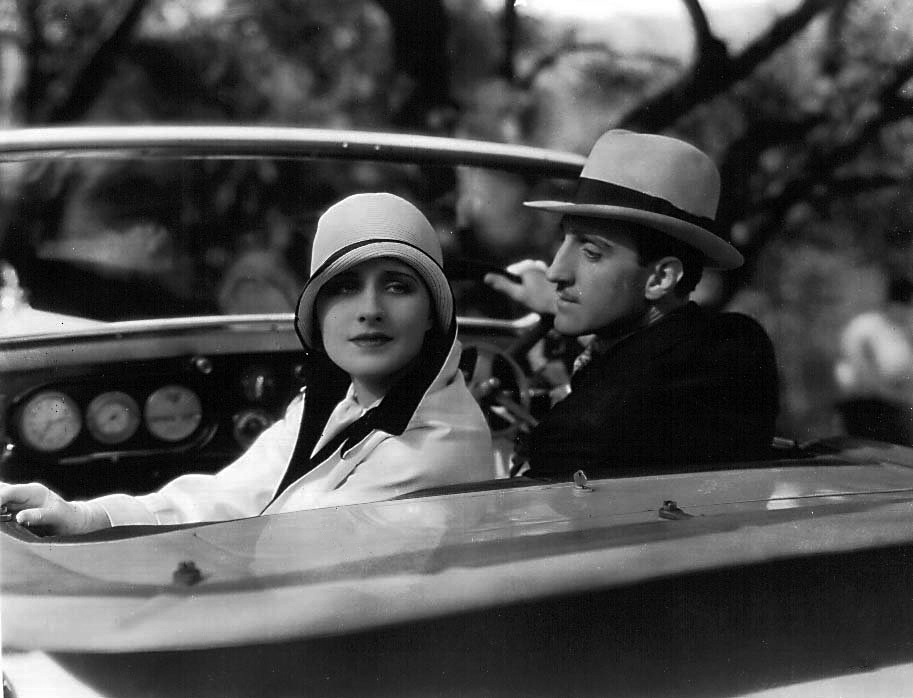
I think I’ll see this one for the “suspiciously suave” (nice phrase) presence of a young Rathbone. Fine write up, Stacia, per usual. I love these early talkies. “Creaks under the strain of the new technology” – another nice phrase. It’s difficult to imagine, but these films were considered so cutting edge at the time, so novel and thrilling – to see actors actually speaking. There was still a very healthy debate in 1929 as to whether “Talkies” were nothing more than a fad – a large portion of film lovers scoffed at them, believing that talkies were proof that the art form had become commercialized, popularized, and degraded.
That theory probably had a lot of purchase considering how technologically limited sound films were in the first few years. You can see in a lot of films from ’28-’30, even a bit in ’31, that the good camerawork was limited to scenes without people, or where people had no real dialogue. Then when someone had to speak, suddenly there was no movement. A lot of people were probably worried that there would never be any way to properly mic the actors and films would suffer as a result.
This is probably my favorite Shearer performance. Well, if it’s not, it’s 2nd after Idiot’s Delight.
I’m not much of a Shearer disciple either…I prefer her work in silent films, where I don’t have to hear her voice. But that’s why some folks likes chocolate and some likes vanilla.
I find her work during the era she’s trying to establish herself a lot more than when she was a reigning queen, so to speak. She had to work hard to put in a good performance, and I felt she didn’t work on THE WOMEN at all, just rested on laurels and knew good PR was coming.
I also loathe her voice. She’s the best in films where she plays someone with at least a touch of duplicity because of that trilling quality in her voice.